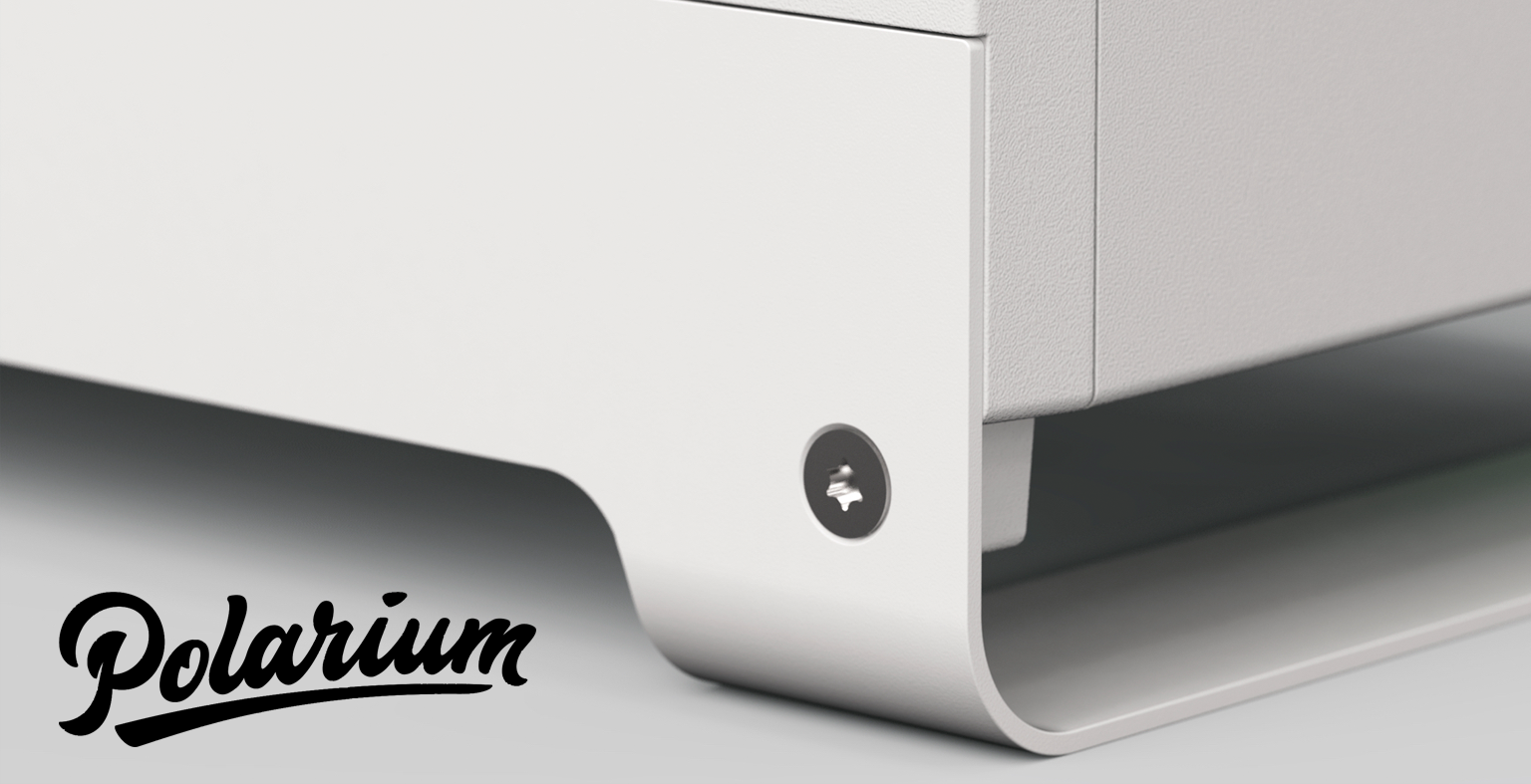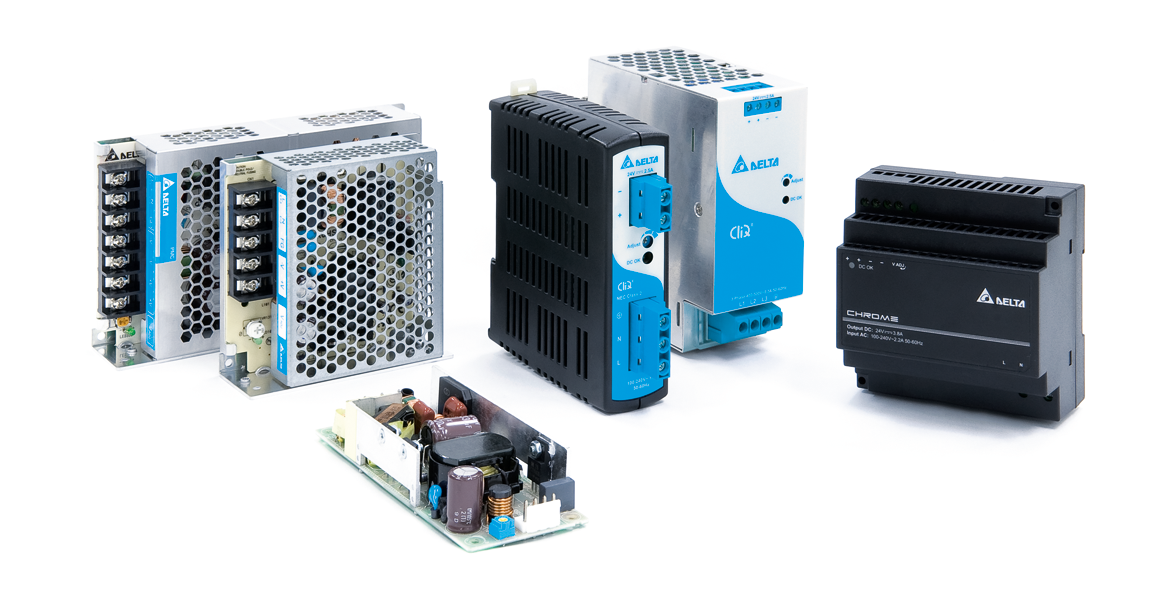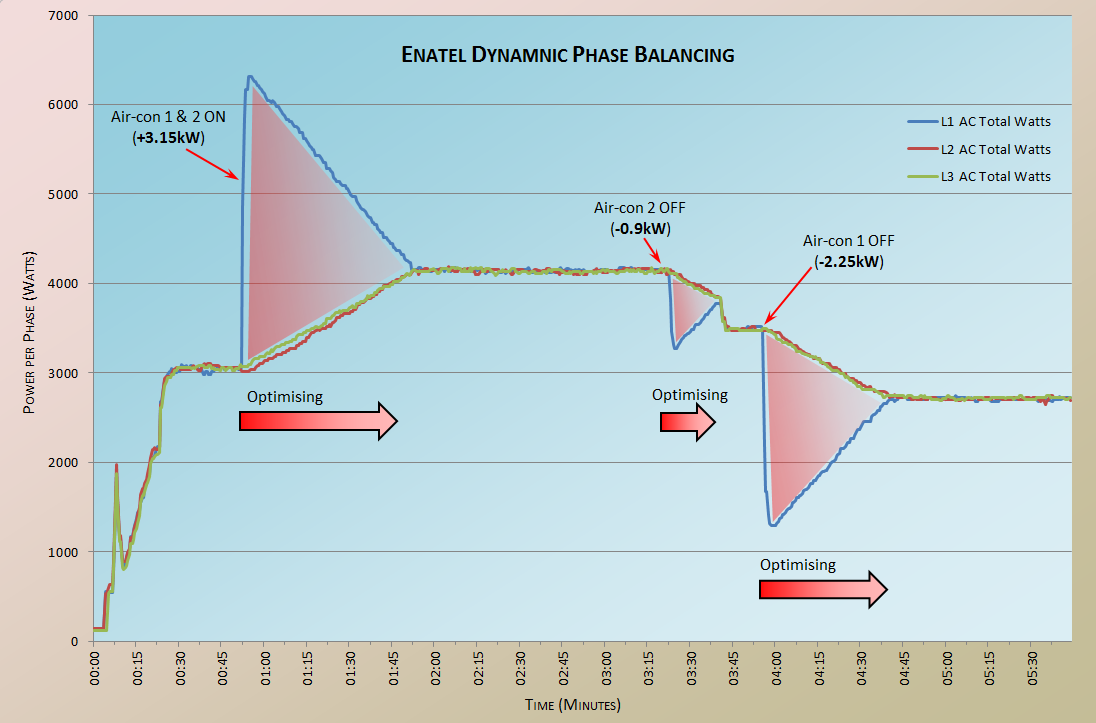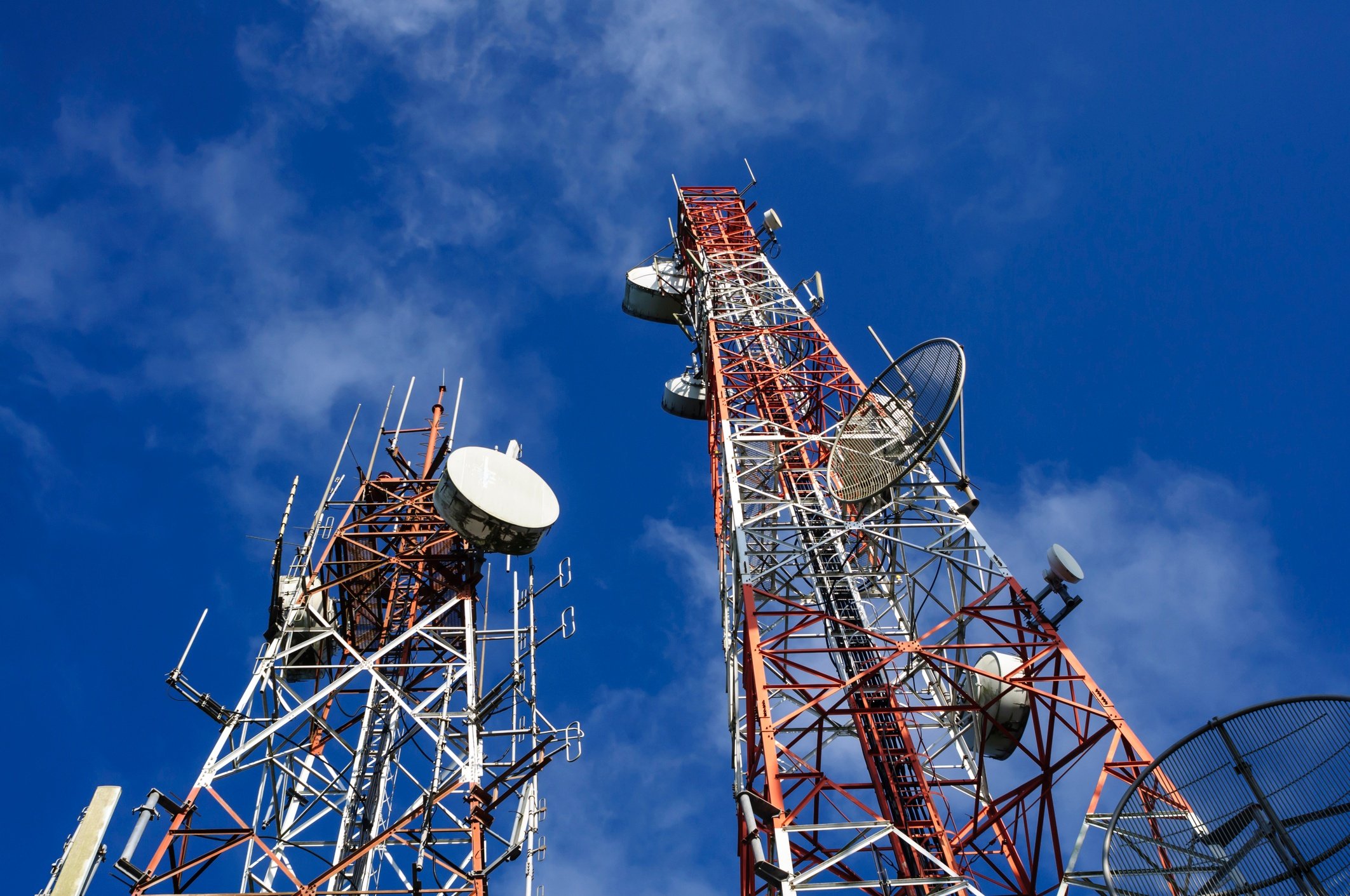Lightweight and efficient, lithium is the preferred battery type for mobile phones. This soft, silvery metal is also used to make black and white TV tubes, and an alloy of lead and lithium is widely used to make tough ball bearings for machinery. Lithium is also used to strengthen glass.
Powerbox Australia Blog
Powerbox
Recent Posts
At Powerbox we often get asked advice on selecting the right power supplies for an application. Whilst each and every application will have their own variables that need to be considered, the following General Rules may assist in this process:
The CDC (charge-discharge-charge) principle is simple and well-proven but often fraught with problems.
Enatel’s SYNERGi Hybrid Power System offers highly advanced solutions designed to minimise or eradicate these problems with one simple, easy to manage solution.
SYNERGi offers full and complete control of up to two generators, plus a partial grid connection.
The Sinuoso site is located in North-West Mexico, on the edge of the Sonora desert and is a fully off-grid site with both 2G (with air-conditioning) and 3G cellular loads in self-contained cabinets. The site has approximately 7kW of solar already installed and was supposed to be running in a hybrid manner, cycling the batteries. The existing control system never worked and the generator was running 24/7. As a result, the client requested a replacement system that could be proven to operate in a hybrid charge/discharge manner, with the necessary logging to verify its performance.
We are aware of self-driving cars and many other exciting projects that the automotive industry is engaged in, but far fewer of us have heard about unmanned ships and associated projects that will operate large fleets of vessels that are capable of navigating from port to port without operational crews.
The overall market for AC/DC and DC/DC commercial switch mode power supplies (C-SMPS), which excludes consumers and uninterruptible power supplies (UPS), is estimated to be in a range of 22 to 25 billion US Dollars.
In the second half of 2017, there were close to 66,000 complaints to the Telecommunications Industry Ombudsman. Most of these were due to the National Broadband Network (NBN). While complaints about mobile services have fallen, there has been a massive spike in complaints related to the NBN and fixed-line internet.
Despite fierce competition between Australian telcos over pricing and quality, 22% of Australians over the age of 14 think all telcos are the same. This is despite huge advertising budgets, well-honed branding, content streaming partnerships, and sponsorship deals.
Telcos are expanding across the globe, often into remote areas with limited or no access to the grid. At the same time, telecommunications companies are struggling with expensive and unreliable power for their existing networks.
Telecommunications towers have fast become an expected part of our urban landscapes. As more people demand fast, reliable data and cellular service, more towers go up.










